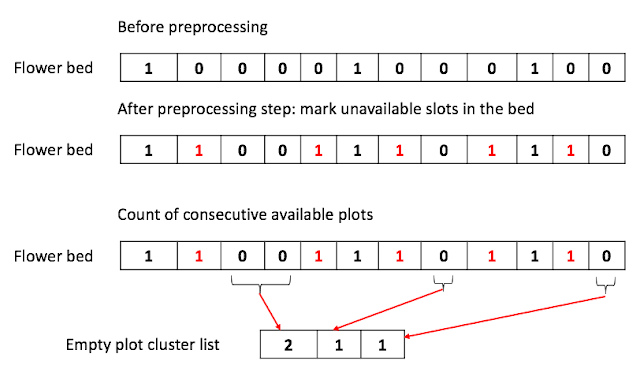Double square number problem [reviewed]
Problem
Let's say there is a double square number X, which can be expressed as the sum of two perfect squares, for example, 10 is double square because 10 = 3^2 + 1^2
Determine the number of ways which it can be written as the sum of two squares
This problem is quite similar to "two sum" problem.
Here is the algorithm:
1. Loop from 1 to X, where X is a given double square number.
1-1: for each number i, check if it is perfect square number.
1-2 If i is a perfect square number, subtract i from X and check if residual is also a perfect square number.
1-3: if both are perfect square number, we found it. If not, move on to the next i.
How do we check if i is perfect square number?
We can use sqrt(x) function from C++. If the sqrt(x) (double) is the same as (int) sqrt(x), we can say x is the perfect square number.
Logging:
Here is the code.
UPDATE(2019-07-31): resolved the problem again in python. This time the running time is slightly better since I only check the squired values that is less than sqrt(N)/2, where N is a given sum.This problem is quite similar to "two sum" problem.
Here is the algorithm:
1. Loop from 1 to X, where X is a given double square number.
1-1: for each number i, check if it is perfect square number.
1-2 If i is a perfect square number, subtract i from X and check if residual is also a perfect square number.
1-3: if both are perfect square number, we found it. If not, move on to the next i.
How do we check if i is perfect square number?
We can use sqrt(x) function from C++. If the sqrt(x) (double) is the same as (int) sqrt(x), we can say x is the perfect square number.
Logging:
20 mins: to code up the solution
Came up with O(sqrt(N)) solution.
However, determining the squared number was not efficient.
Here is the code.
Practice statistics:
10:00: to write the algorithm and find the python math.sqrt() and usage of modular by 1.
10:00: to write the code.

bruh this is wrong code
ReplyDeletethank you for your comments. Could you elaborate?
Delete